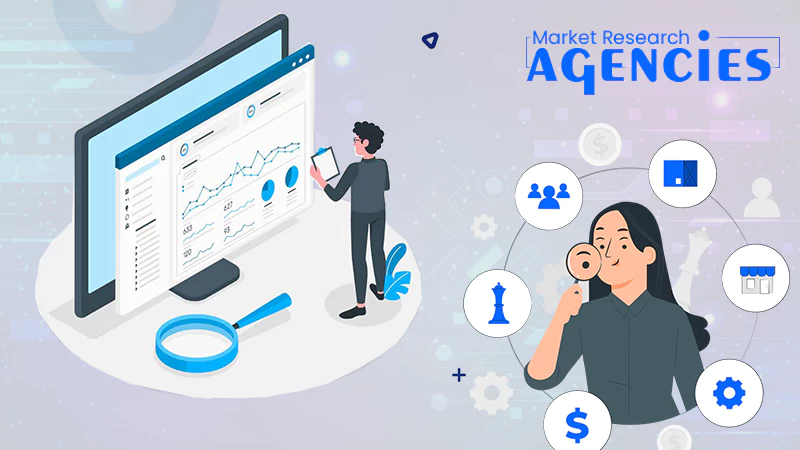Ways to improve your company’s in-store shopping experience
While in recent years there’s been a seemingly incessant shift for companies to move online, real-world stores are still vitally important for many companies and can account for a significant chunk of their sales.
For example, many global-leading brands like Apple and Vodafone continue to spend millions on their offline stores as a way to enhance their overall branding and increase product awareness among potential and existing consumers.
The changing face of offline retailing
As with most areas of life, technology is beginning to have a significant impact on traditional retailing and your potential clients now have far higher expectations of the offline shopping experience. With competition fiercer than ever on the high street, you must find ways to stand out and make the purchasing journey as enjoyable and memorable as possible. Here are just a few ideas for how you can improve your customers’ in-store shopping experience:
Branding and signage:
A real-world store represents a significant financial outlay for most companies so you should ensure you put your building to the best and most-effective use. As a starter for ten, it’s essential you have a clear, eye-catching yard sign outside your premises to draw attention and tempr customers to visit your store. Consider installing signs that feature reflective LCD technology that can be seen clearly, day or night and serve to promote your business and inform consumers what you offer.
Move from selling to advising:
The most successful brands these days have moved their staff from performing a strict sales role to becoming advisers, experts, and consultants. For example, if you visit an Apple store, you’ll be greeted by an Apple Genius who will politely talk you through the benefits of their devices but will at no point engage in hard selling. This softly-softly approach to sales is being taken across all areas of the retail environment, often with startling success. The truth is, consumers are a lot wiser and savvier than they used to be and going in strong just leads to customer aversion – and, very often, lost sales.
Give customers a hands-on experience:
Keeping products behind locked display cabinets just makes the job of selling harder and serves to alienate the customer from the item of interest. Letting your clientele touch, feel or use a product goes a long way to convincing them of the benefits they might experience from ownership. Many businesses (particularly those dealing with high-value technology items) feel that leaving products out increases the risks of items being stolen – but if you employ adequate security and theft-prevention measures, you can mitigate the dangers.
Offer click-and-collect services:
Many potential customers visit a real-world store to get a feel for a product then return home to make their final decision on what they’re going to purchase. To get around this latency in the purchasing journey, consider setting up a click-and-collect service to allow clients to purchase later, direct from your website. Also, be sure to give your customer a card with the website’s URL and invite them to visit your product pages to check on further specs or other details that you might have missed in the face-to-face experience. While consumers are increasingly getting used to making purchases online then waiting on delivery, most still prefer to pick up an item right away without postage delays so remind them that you offer click-and-collect services and, if you can’t nail the sale there and then, encourage them to visit your site, buy online and collect in store.
Follow Us
Latest Post















